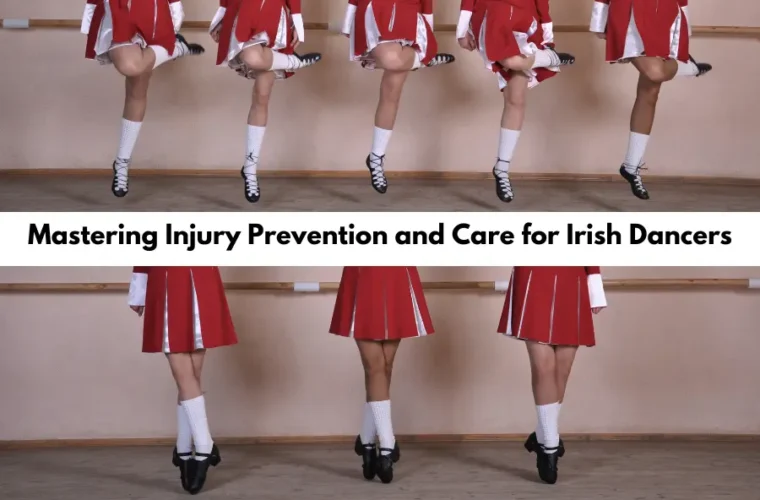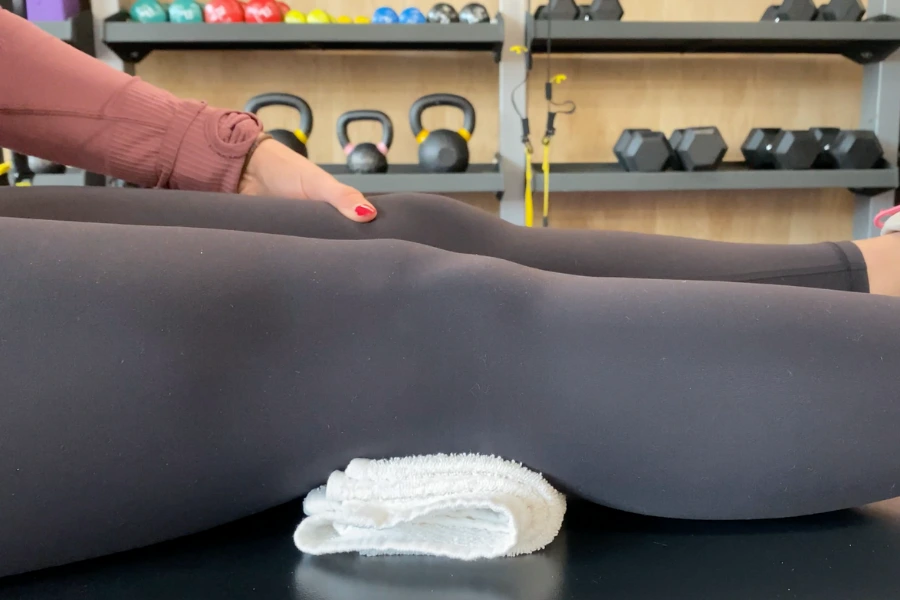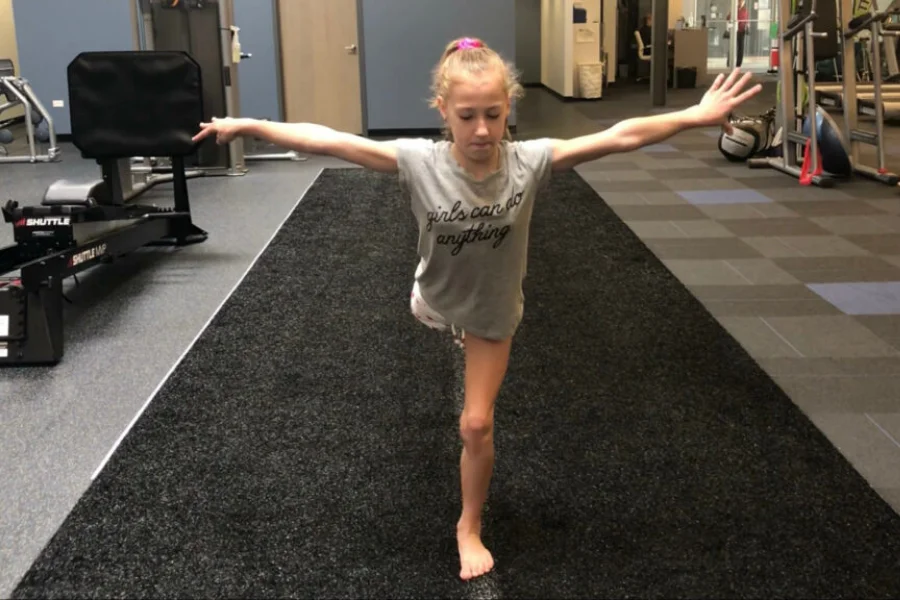Stepping Ahead: Mastering Injury Prevention and Care for Irish Dancers is a comprehensive and practical guide to keeping Irish dancers healthy and injury-free.


Stepping Ahead: Mastering Injury Prevention and Care for Irish Dancers is a comprehensive and practical guide to keeping Irish dancers healthy and injury-free.

What is a stress fracture? Stress fractures are one of the most common sports injuries that typically occur as a …

Your treatment plan will consist of passive therapies to relieve pain and promote healing, in addition to active muscle-strengthening exercises and stretches to increase strength.

Gymnast – It is no secret that gymnastics takes a toll on your body. You move, bend, flip, and control …